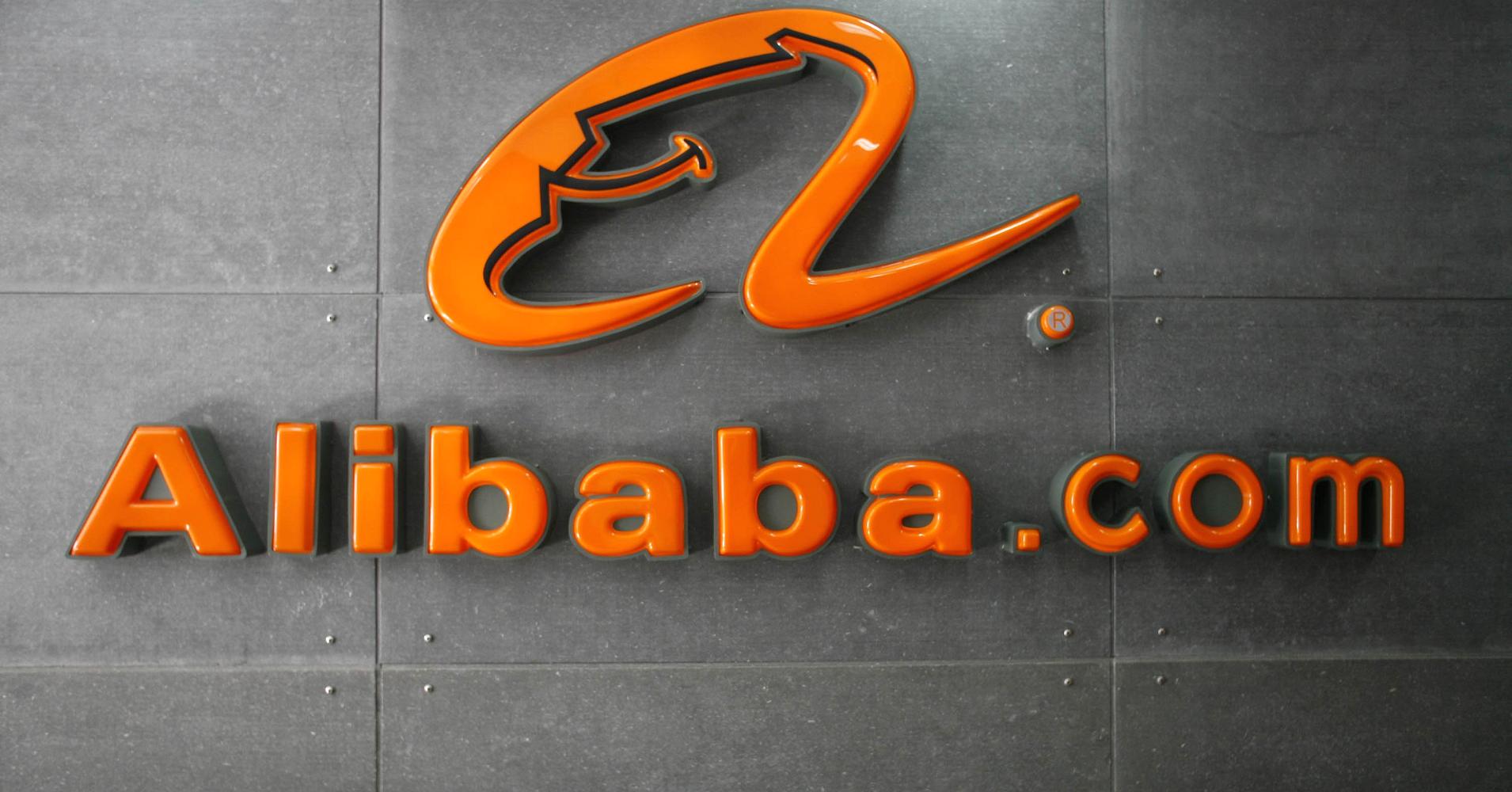Coca Cola has been investing much on its digital hub, shifting from a web centralized approach to a multichannel one that makes use also of social media and other mobile platforms.
The company’s marketing is reunited under the Integrated Marketing Communication which activities are managed globally, in Atlanta where the brand positioning and long term strategies are determined, at business unit (Southern Europea for instance) and locally, which involves the adaptation to the single country.
Compared to other traditional activities, the digital marketing can take up to the 50% of the budget, depending on the type of campaigns, the objectives and the markets to which its is addressed; it’s a holistic view.
Today, Coca Cola Facebook page counts with more than 19 millions fans, among the highest of global brands; in addition, each product has its own Facebook page and this is very useful because each platform is connected to the rest of social platforms (for instance Facebook linked to Youtube, Flickr, Twitter etc.) creating an amplifying effect.
Christmas is always a great occasion for Coca Cola to renovate and it always launches new campaigns to “share desires”. It’s fundamental for the company to engage the customers and increase the talk on socials as well.
Here is an example:
Coca Cola creates engagement and happiness and people making pictures and posting on socials will increase the engagement, the reach and overall the talk; it easily goes viral.
https://www.youtube.com/watch?v=ExQM_oMfHxk
Finally, this is the new Christmas 2016 Campaign.
I wish you all a GREAT ONE!
https://www.youtube.com/watch?v=v1BRdv2JjGk




